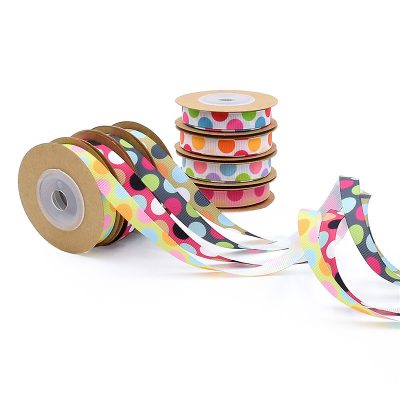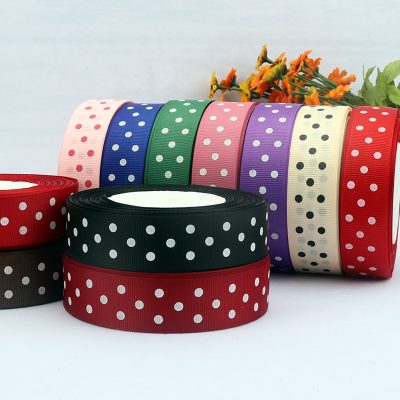The dyeing process of textile accessories and webbing products is divided into three stages:
1. Adsorption When the fiber is put into the dyeing bath, the dye first diffuses to the surface of the fiber, and then gradually transfers from the solution to the surface of the fiber. This process is called adsorption. As time goes by, the dye concentration on the fiber gradually increases, while the dye concentration in the solution gradually decreases. After a period of time, it reaches an equilibrium state. The reverse process of adsorption is desorption, and adsorption and desorption exist simultaneously in the dyeing process.
2. Diffusion The dye adsorbed on the surface of the fiber diffuses into the fiber until the concentration of the dye in each part of the fiber tends to be the same. Because the concentration of the dye adsorbed on the fiber surface is greater than the concentration of the dye inside the fiber, the dye is promoted to diffuse from the surface of the fiber to the inside of the fiber. At this time, the diffusion of the dye destroys the initially established adsorption balance, and the dye in the solution will continuously adsorb to the fiber surface, and the adsorption and desorption will reach the balance again.
3. Fixation is the process of combining dyes and fibers. Different dyes and fibers have different bonding methods.


























